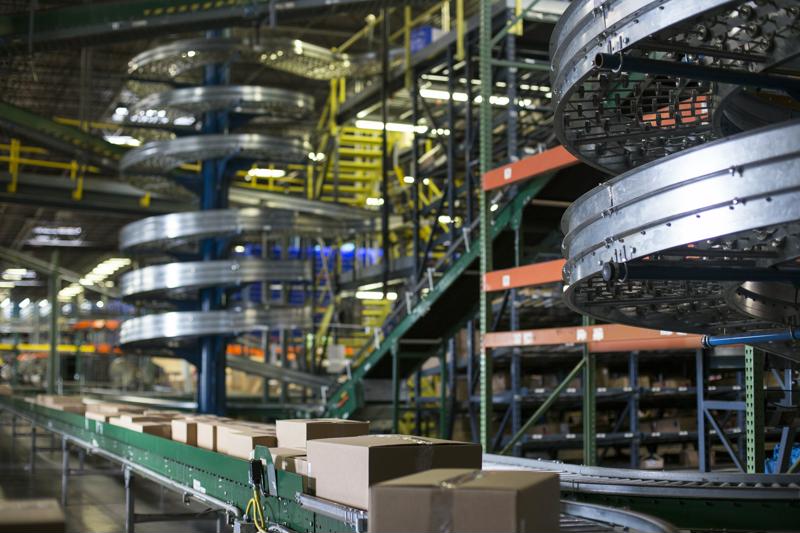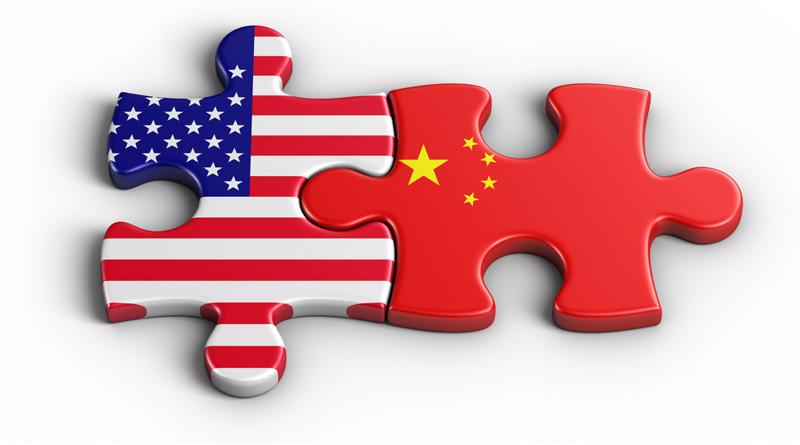As we finish up the holiday season by ringing in the New Year, many of us will come to the stark reminder that the New Year brings new company procurement initiatives, challenges, and goals. While many of those company goals don’t necessarily need to materialize for another 12 months, I’ve always felt that the start of a new year signifies a time where people are most ambitious both with their personal and professional goals. To capitalize on this new source of ambition and optimism, I’ve provided some proven procurement action items that work best at the start of a new year.
1.) Lend an Ear to your Suppliers
2.) Review Supplier’s Metrics
The start of the New Year provides a good opportunity to review your key supplier’s performance metrics. One metric I like to discuss with Suppliers is their YoY sales growth/decline. Regardless if the supplier experienced a sales growth or decline, I like to use this metric to gauge a supplier’s interest in offering a Sales Growth rebate – a rebate percent (%) or dollar ($) amount tied to the supplier achieving a certain dollar amount or growth in sales. One thing Procurement Professionals tend to overlook is that Sales Reps/Account Managers are typically measured internally on their YoY Sales growth metrics - establishing a sales growth rebate clearly shows your suppliers you are willing to align your goals with theirs.
3.) Push back on New Price Increases
Generally during/before the holiday season, when most professionals are winding down from the busy year or finally utilizing their PTO, Suppliers will announce upcoming “price adjustments” or in other words - a price increase. Often these price adjustments are typically the result of inflation or manufacturer increases resulting in the price increase of a commodity. In the case of suppliers utilizing the argument of commodity price increases, I suggest requesting data about the commodity and time frame of the commodity increase. I’ve found that the simple act of requesting this data may deter the suppliers from increasing their pricing. In my own experience, I’ve been able to successfully argue that the price increases were not justifiable. Most notably, a Non-Destructive Testing (NDT) supplier came to a client of mine proposing a 5-10% increase due to their raw materials pricing increasing as the product (X-Ray films) was heavily reliant on the price of silver - along with the announcement they included a 1- year chart of the silver price/oz. of which conveniently presented a staggering upward trend. Before allowing the client to agree to the supplier’s price increase, a quick Google of a 5-year silver found that in the year prior to the supplier provided a chart, the price of silver dropped 33% yet the supplier did not lower pricing the following year, but in fact, increased pricing by 2-3%. Utilizing this argument, that the supplier failed to decrease pricing when the commodity pricing decreased, we were able to successfully eliminate the price increase resulting in over $100,000 in cost avoidance savings.
While the start of the New Year may seem like just the beginning of the road to your 2020 goals, implementing these actions early on in the year, may make for a little less stressful Q3-Q4.


























